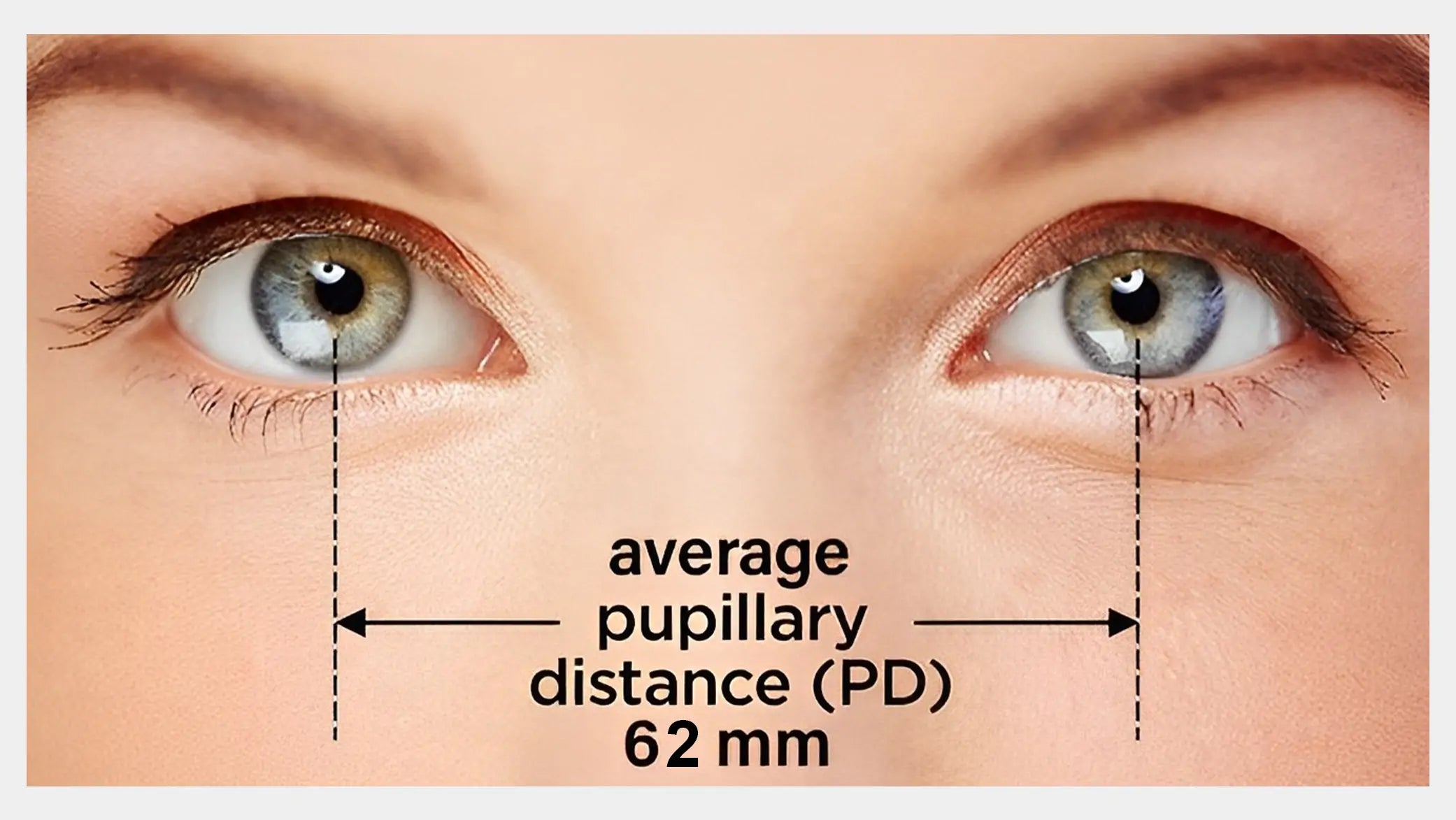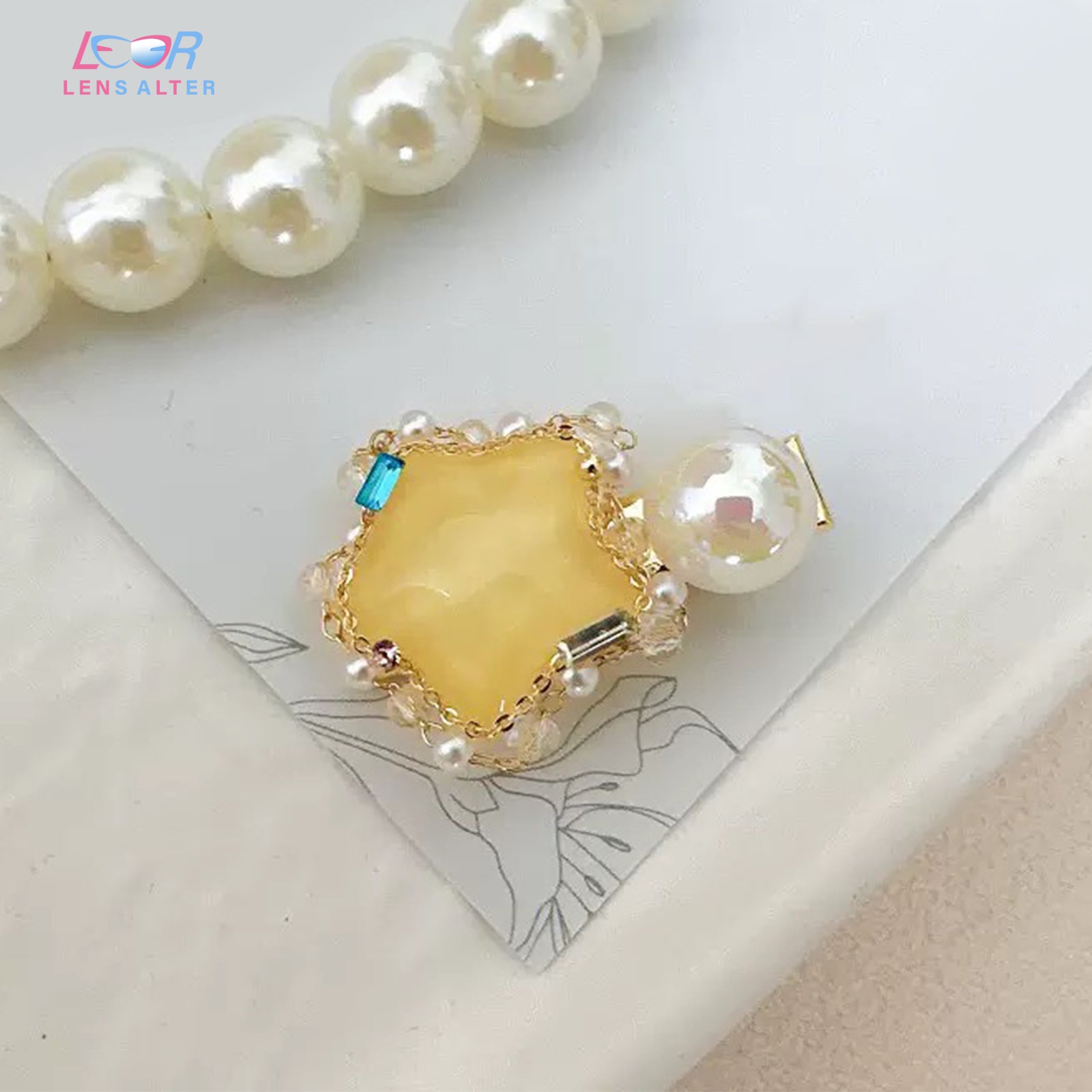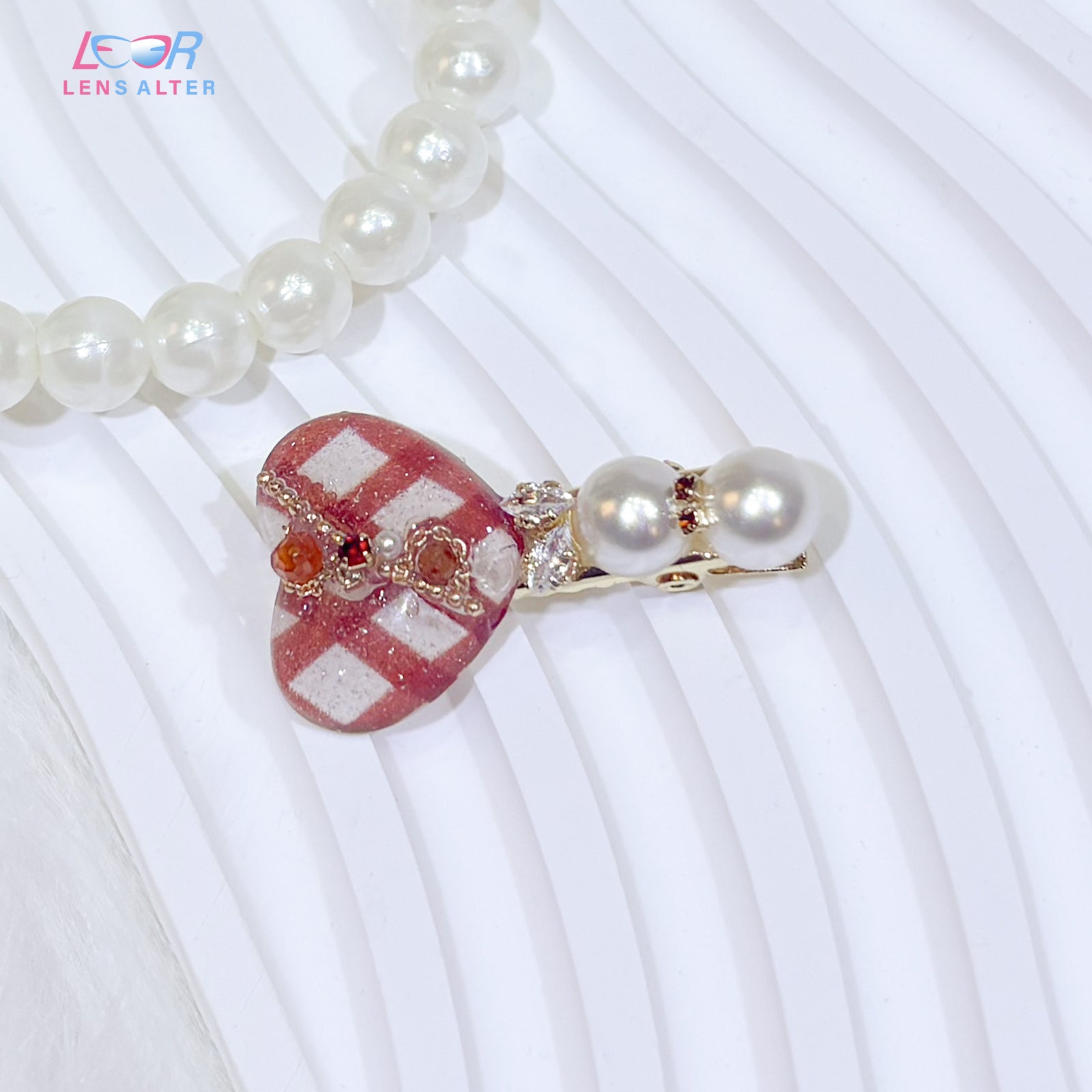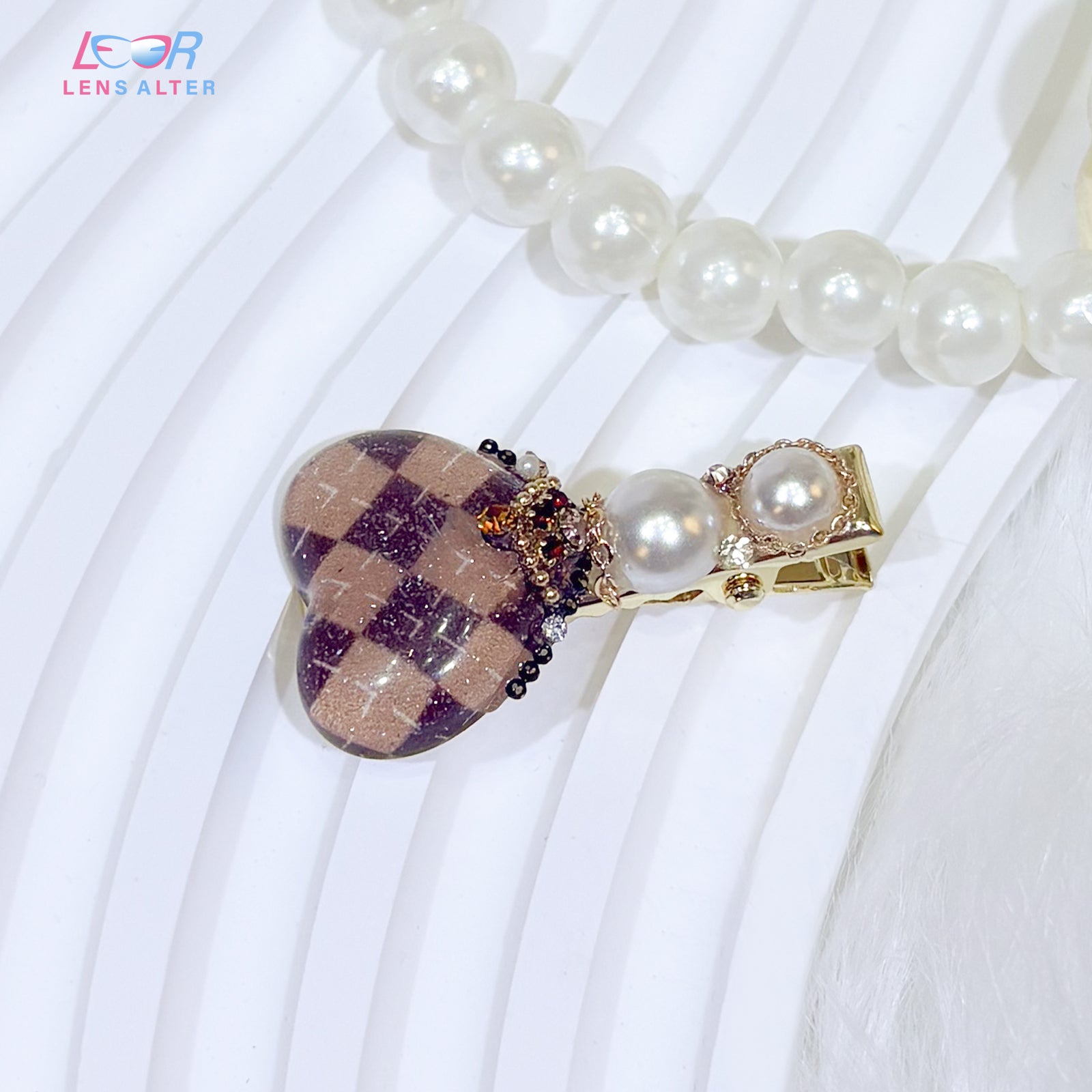
What is PD value?
PD (Pupillary Distance) is the distance between your two pupils in millimeters. PD is very important for accurately fitting your lenses to achieve visual clarity. Average PD is about 62mm and most people fall within the 54mm to 74mm range.

How to measure your PD value?
We high recommend checking your PD value with your eyedoctor, especially for bifocal or progressive lenses. Also, you can measure the PD value by yourself according to the following steps:
NOTES:
❶ The average PD value is 62mm for women and 64mm for men. It can, however, range between 54mm and 74mm.
❷ For those requiring progressive lenses, we highly recommend you get this information from your eye doctor to ensure the accuracy of your glasses.
❸ Your PD value may be written in three ways:
- PD (OU), written as "61", means the Binocular PD which is for both eyes.
- Sometimes your prescrpition will provide two PD values and both are quite below the PD range provided on the website, your prescription is likely for a single eve. For example, 30/31, which means OD/OS(Right Eye/Left Eye).
- Sometimes PD is written as "63/60" or they are labeled "Far" and "Near" For distance glasses, the PD value is "63" in this example. For reading glasses, the PD value is "60" in the example. Always enter your "Far PD" for distance vision eyeglasses and enter your "Near PD" for your reading glasses only. For most people, the difference between Far PD and Near PD is about 2-3mm.
❹ Please do not try to measure the PD value from your current glasses since the PD value can't be measured from them. Please do not guess or assume you PD.













